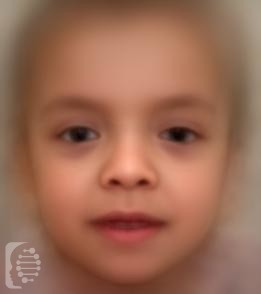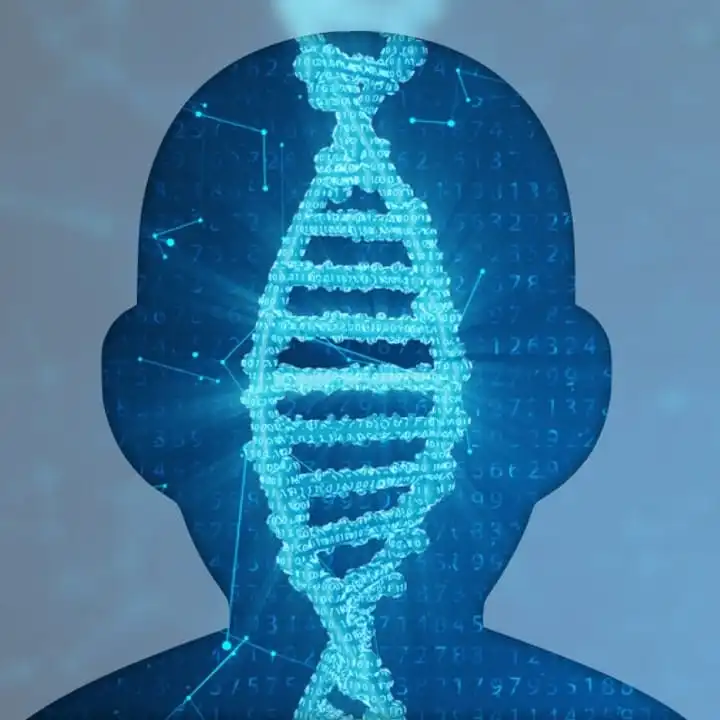What is Noonan syndrome-like Disorder with Loose Anagen Hair (NSLH)?
This rare disease was first identified in 2003. Individuals with Noonan Syndrome-Like Disorder with Loose Anagen Hair display some of the unique facial features of Noonan syndrome, combined with the sparse hair of Anagen syndrome.
These unique facial features include a large head (macrocephaly) and wide-set eyes among others.
This syndrome is also known as:
Mazzanti syndrome; NSLH; Tosti Syndrome
What gene change causes Noonan syndrome-like Disorder with Loose Anagen Hair (NSLH)?
Mutations in the SHOC2 and PPP1CB genes are responsible for the two types of the syndrome.
The mutations currently recorded appear to all be of the de novo type. In some cases, a genetic syndrome may be the result of a de-novo mutation and the first case in a family. In this case, this is a new gene mutation which occurs during the reproductive process.
What are the main symptoms of Noonan syndrome-like Disorder with Loose Anagen Hair (NSLH)?
Individuals present with similar facial features to those with Noonan syndrome. This includes a small head, high forehead, wide-set eyes, a short neck, short stature and low set, rotated ears.
These features are combined with Anagen syndrome-like hair- hair that is thin, sparse, and for the most part slow growing.
Other health conditions associated with the syndrome include congenital heart defects, pigmented skin, and other related conditions such as eczema and developmental delay.
Possible clinical traits/features:
Epicanthus, Eczema, Deep philtrum, Delayed skeletal maturation, Brachydactyly, Cryptorchidism, Abnormality of the pulmonary artery, Abnormal palate morphology, Abnormality of the intervertebral disk, Abnormal fingernail morphology, Abnormality of the elbow, Carious teeth, Aplasia/Hypoplasia of the eyebrow, Atrial septal defect, Ventricular septal defect, Pulmonic stenosis, Abnormal hair quantity, Thick lower lip vermilion, Macrocephaly, Loose anagen hair, Strabismus, Sparse scalp hair, Prominent forehead, Pectus excavatum, Short nose, Anteverted nares, Intellectual disability, Macrotia, Low-set, posteriorly rotated ears, Low posterior hairline, Low-set ears, Short stature, Hearing impairment, Hypertelorism, Hypertrophic cardiomyopathy, Nasal speech, Hypoplastic toenails, Ichthyosis, Cognitive impairment, Hyperactivity, Hydrocephalus, Autosomal dominant inheritance, Posteriorly rotated ears, Short neck, Thin vermilion border, Webbed neck.
How is it diagnosed?
To find out if someone has a diagnosis of Noonan syndrome-like Disorder with Loose Anagen Hair (NSLH), it is important to have a consultation and evaluation with a clinical genetic specialist. Specialists may also suggest specific genetic testing or other types of tests to help reach a diagnosis. FDNA’s AI technology can help speed up the diagnostic process by analyzing facial features and other health information.

